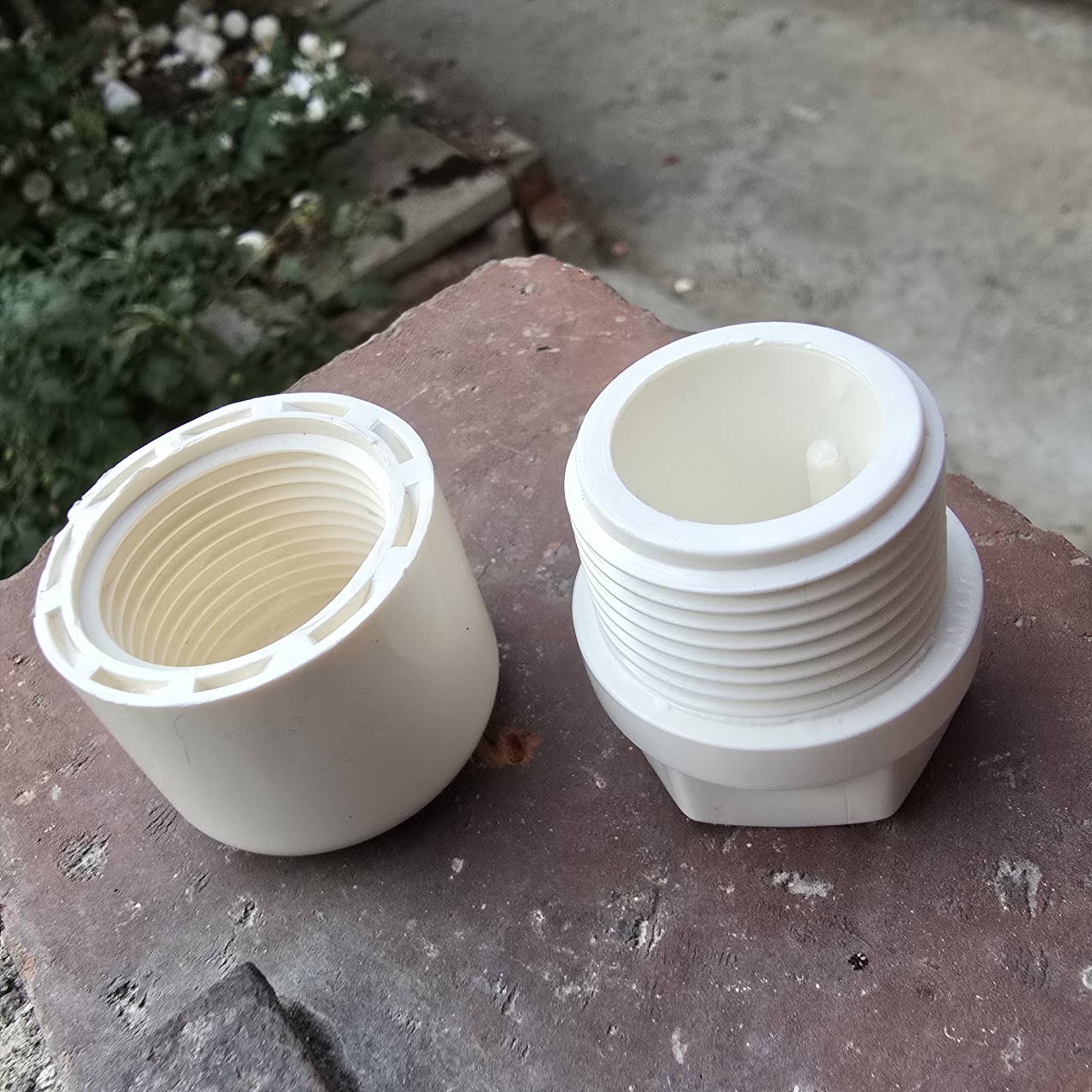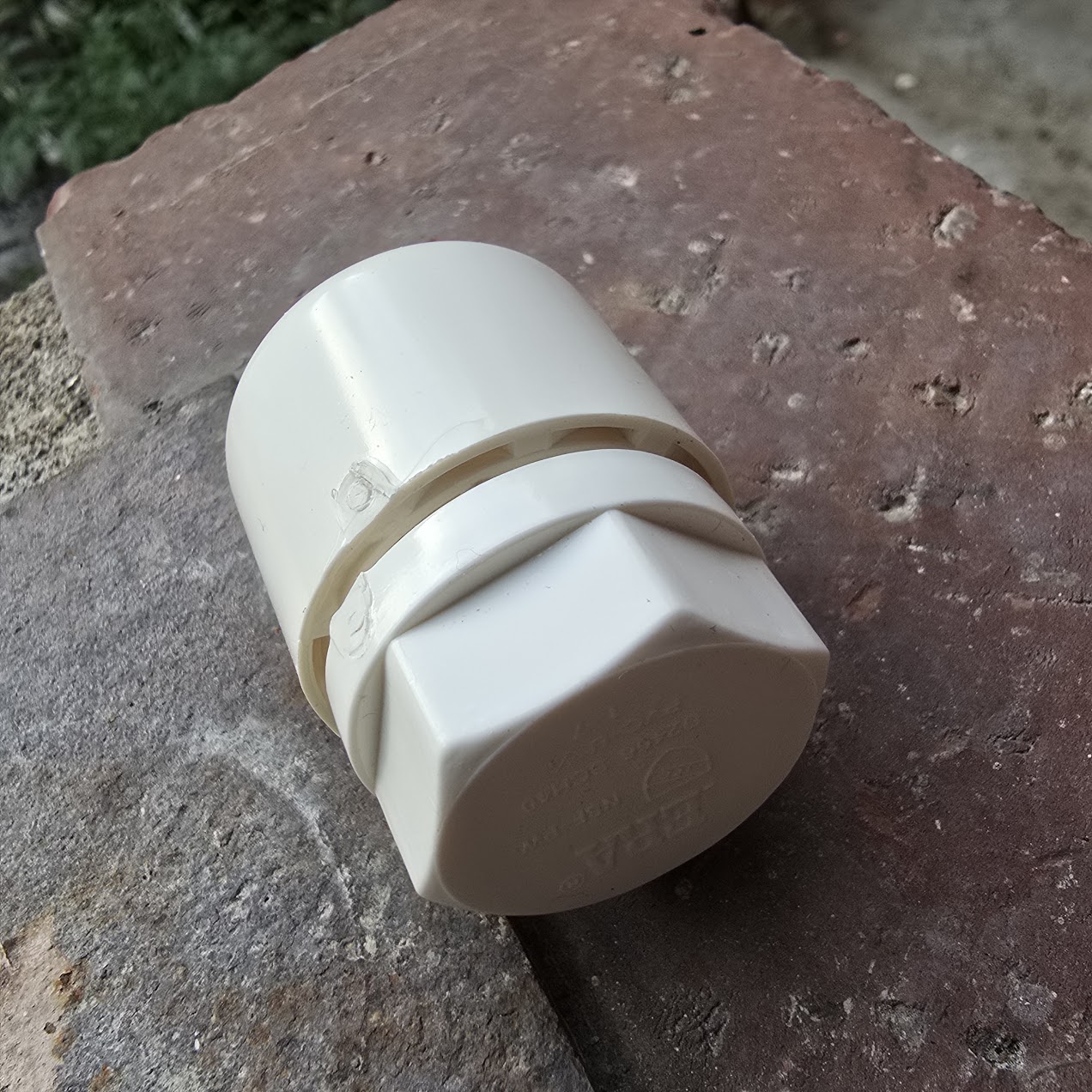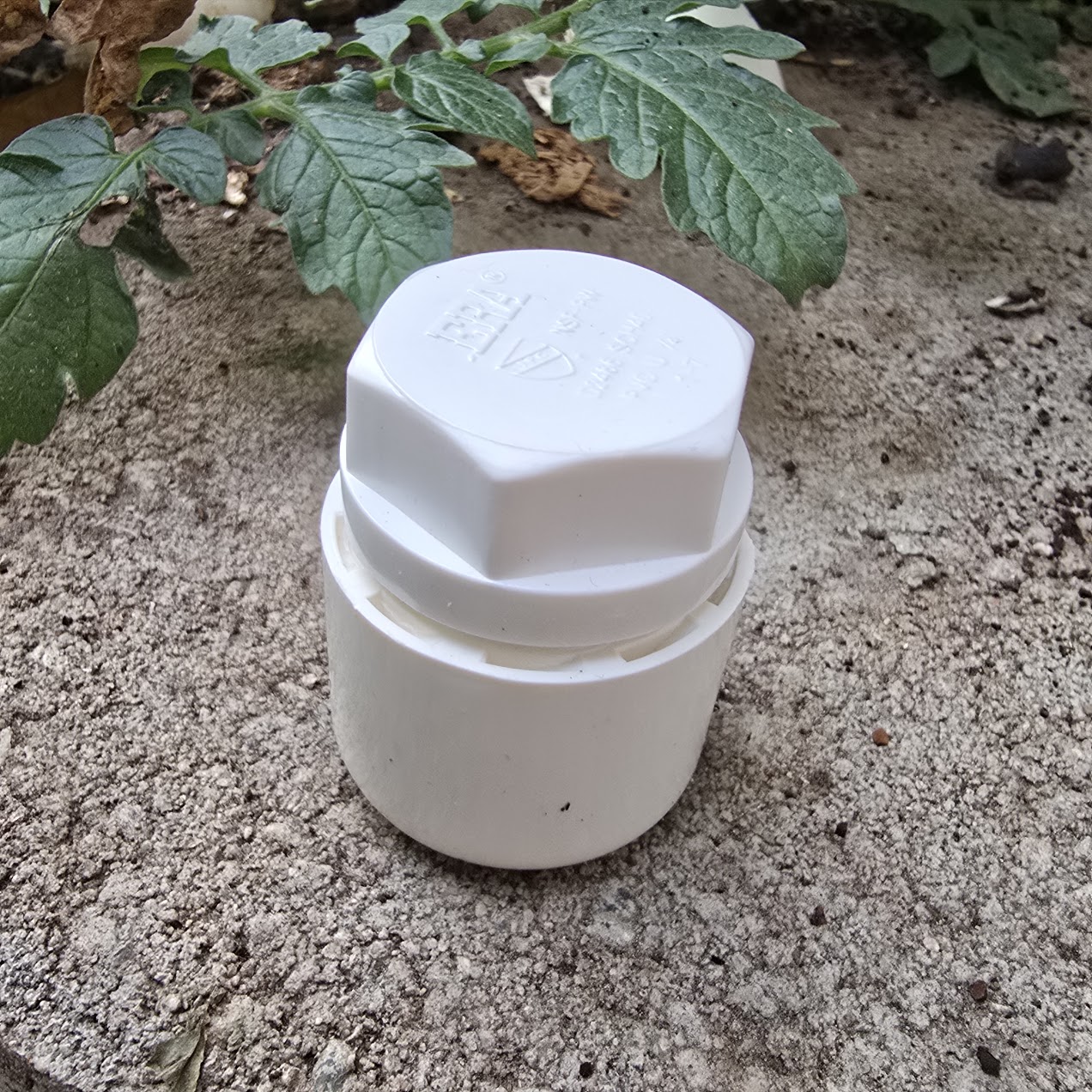1. Thread Orientation
- Male Threaded Plug:
- Features external threads (male) to screw into a fitting with internal threads (female).
- Seals the end of a pipe or fitting, effectively blocking flow at that point.
- Female Cap:
- Has internal threads (female) to fit over a pipe or fitting with external threads (male).
- Covers and seals the open end of a male-threaded pipe or fitting.
2. Application
- Male Threaded Plug:
- Used to block off unused outlets or openings on fittings like tees or couplings.
- Common in systems that may require future expansion or temporary sealing during maintenance.
- Female Cap:
- Designed to cover the open end of a male-threaded pipe or fitting, sealing it for protection or flow stoppage.
- Often used in capping off pipe ends to protect threads and prevent debris or contamination.
3. Design Differences
- Male Threaded Plug:
- Compact design with external threads only.
- Typically has a square or hex head for easy tightening or removal with tools.
- Female Cap:
- Larger, cylindrical design with internal threading.
- May feature a flat or rounded top for aesthetic and functional sealing.
4. Common Use Cases
| Feature | Male Threaded Plug | Female Cap |
|---|---|---|
| Primary Use | Block off openings in fittings | Cap off pipe ends or male-threaded fittings |
| Thread Location | External threads | Internal threads |
| Tools Required | Wrench or pliers for tightening/removal | Often hand-tightened but may require a wrench for snug fit |
| Applications | Unused ports, temporary seals | End-caps for pipes, thread protection |
5. Material and Standards
Both components are typically made from durable PVC and conform to NPT (National Pipe Thread) standards, ensuring compatibility with other NPT-threaded components.
Summary
While both fittings serve the purpose of sealing pipes, their orientation and use cases differ. Choose a male threaded plug for blocking ports on fittings and a female cap for covering open pipe ends. Both are essential for versatile, leak-proof piping systems.












Related Products
-
 2 in. Schedule 40 PVC Female-Threaded NPT End Cap Pipe Fitting Pro Plumbing-Grade NSF SCH40 ASTM D2466 2" FPT$0.84 As low as $0.760 in stockOut of stock
2 in. Schedule 40 PVC Female-Threaded NPT End Cap Pipe Fitting Pro Plumbing-Grade NSF SCH40 ASTM D2466 2" FPT$0.84 As low as $0.760 in stockOut of stock












